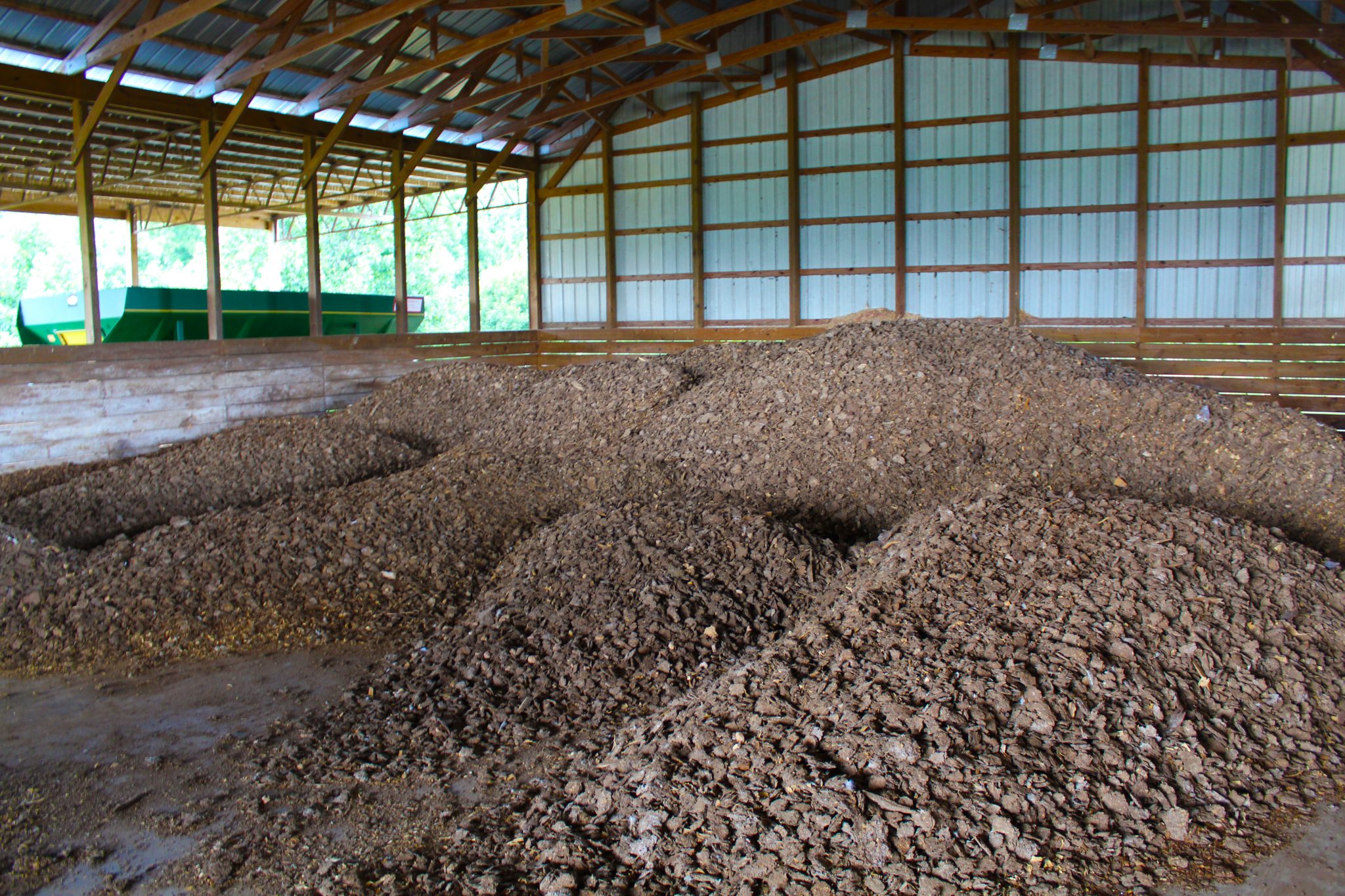Using Poultry/Chicken Litter As Fertilizer

Farmers are known for being resourceful. With the most recent rise in input costs, many farmers are thinking of ways to be more efficient, reduce costs, and turn a profit. While planting seasons vary for everyone depending on location, season, climate, and crop selections, most farmers and producers will think about the type of fertilizer to use for their operations. With this region having several poultry operations, some crop farmers and producers are turning to poultry litter as an alternative fertilizer.
Advantages
The main advantage of poultry litter is the litter is less expensive than commercial fertilizer. The average cost per ton of poultry litter with hauling and spreading figured in is $75 / ton compared to just a base formula of commercial fertilizer running an average of $1,056/ton before hauling or spreading fees applied. With the cost increases with commercial fertilizer has also driven the supply and demand of poultry litter.
Another advantage to poultry litter is fertilization builds up over time and keeps soil healthy. When using poultry litter, only half of the available nitrogen will be utilized that first year. Laying poultry litter over the course of several years will allow organic buildup reducing the amount of expensive fertilizer a producer will need to use.
Best Practices – Things to Consider
- Because the nitrogen disbursement is released slower than commercial fertilizer, producers will still need to use some commercial fertilizer during the first year of the transition.
- With litter it is a good practice to have the litter analyzed before purchase is made. Litter can vary in quality, and producers need to ensure they are getting a good product. Also, even with quality litter, the nutrients will not be consistent from one coup to another. Poultry barns are set up based upon the animals’ growth stage, and the nutrients will be different based on the birds’ life stage. Knowing what nutrients are in the litter will help the producer know how much litter per acre to lay down.
- Regardless of whether a producer is using chemical or litter fertilizer, soil sampling needs to be done to determine the amount of fertilizer to lay on the field.
- Spread poultry litter on fields at least 4 weeks prior to planting to allow further breakdown.
- Specialized equipment is not usually needed. Generally, litter is produced, hauled, and spread by a third-party producer. Eliminating the need to own specialized equipment.
- Ensure a steady supply. With the increase in commercial fertilizer, many producers have started switching over to litter, and demand for litter has increased. Check with local producers to determine if there is availability in your area.
Poultry litter is a quality alternative to commercial fertilizer. In the world where commercial fertilizer costs nearly doubled every year between 2017 through 2022, producers are finding new and creative ways to keeping yield high while keeping costs low.
For more information on equipment and technologies to help you become more resourceful, see S&H Farm Supply or visit us online at sandhcountry.com.

